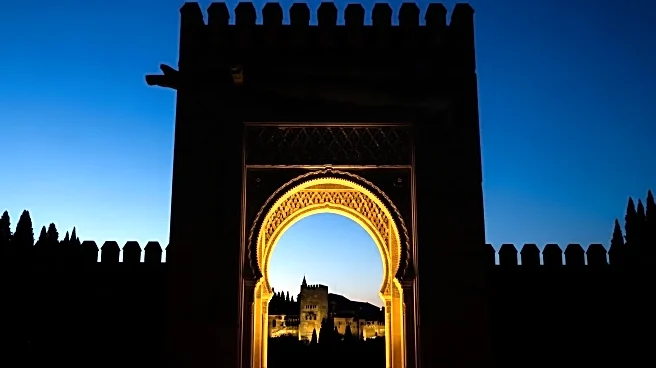The creation of the Dome of the Rock is a historical journey marked by architectural innovation and religious significance. Constructed in 691 CE by the Umayyad Caliphate, the shrine stands as a testament to the caliphate's vision and commitment to Islamic heritage.
Founding or Discovery
The founding of the Dome of the Rock was initiated by Caliph Abd al-Malik during the Second Fitna, a period of political instability within the Islamic world. The decision to build the shrine in Jerusalem was influenced by religious and political factors, aiming to establish a prominent Islamic presence in the city.
Key Contributors
Key contributors to the Dome of the Rock's creation include the Umayyad Caliphate and its architects, who drew inspiration from Byzantine churches and palaces. This blend of cultural influences is evident in the shrine's intricate mosaics and octagonal design, showcasing the caliphate's architectural prowess.
Design or Method
The design of the Dome of the Rock is characterized by its octagonal structure and gold-covered dome, mounted on an elevated circular drum supported by 16 columns. This architectural innovation set a precedent for future Islamic structures, highlighting the caliphate's commitment to creating a lasting religious monument.
Early Reception
The early reception of the Dome of the Rock was marked by its recognition as a significant religious site in Islamic tradition. Its architectural beauty and spiritual significance attracted attention from various cultural and religious communities, solidifying its place in Jerusalem's rich religious history.
 Discover Daily • 8 min read
Discover Daily • 8 min read 









